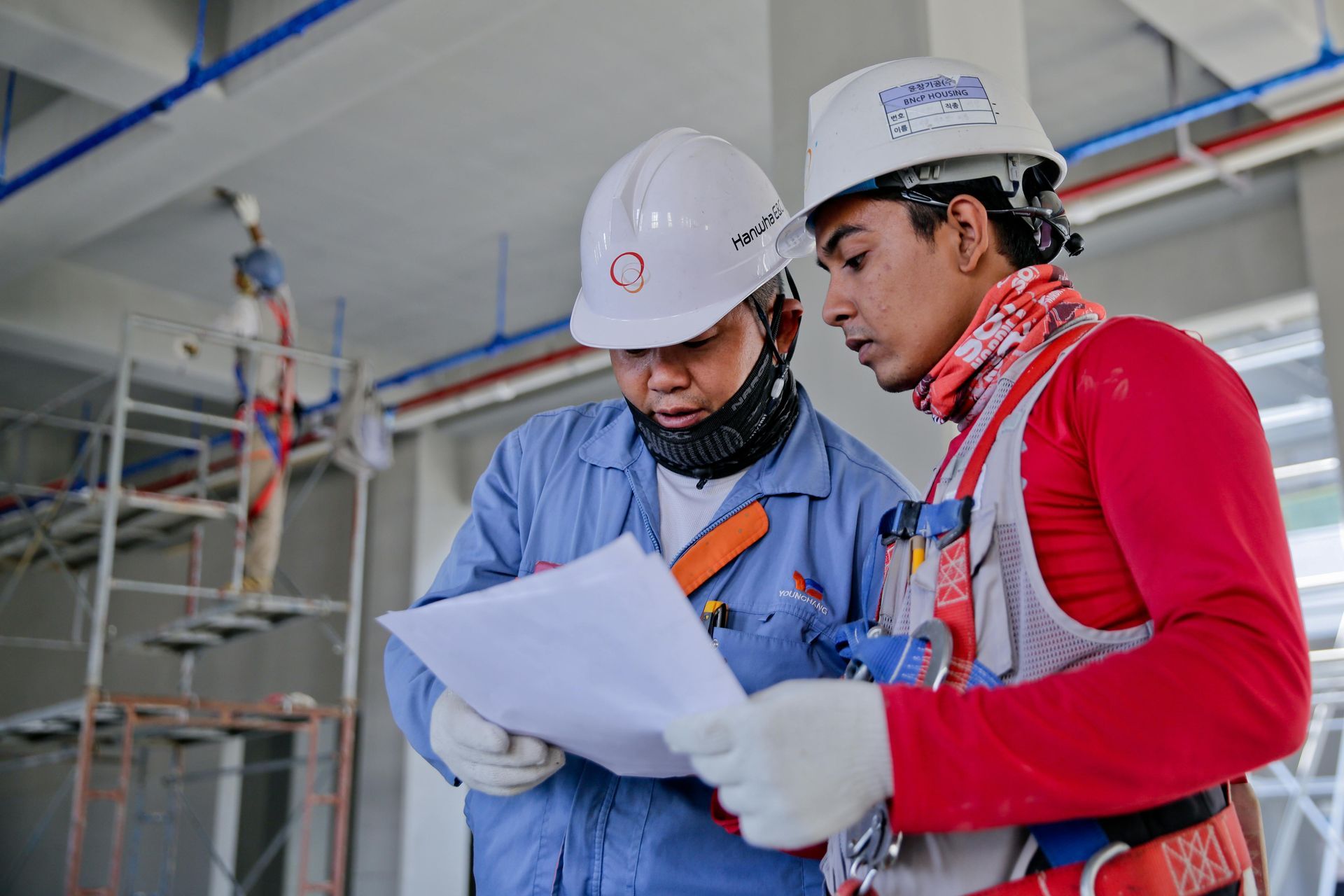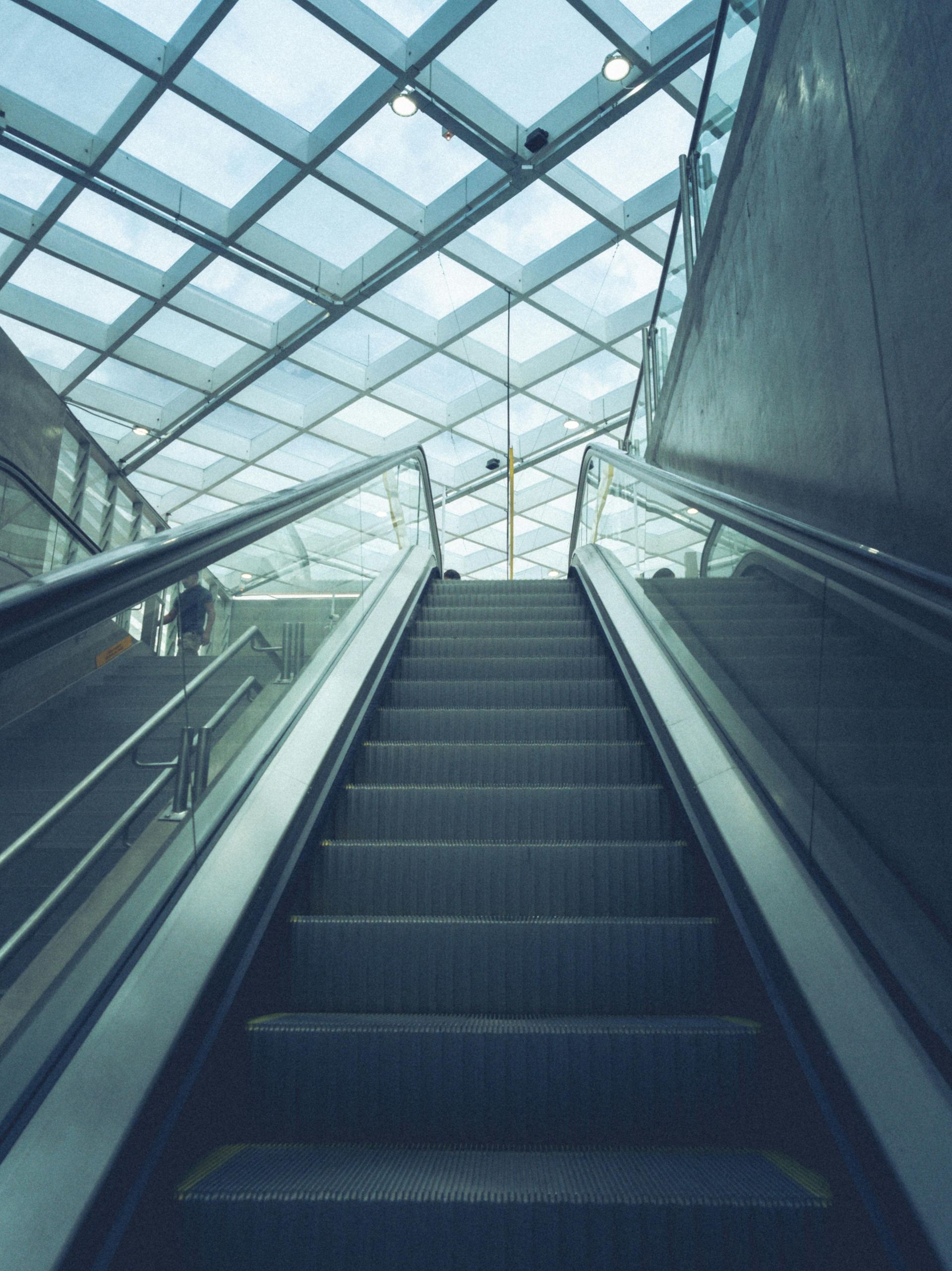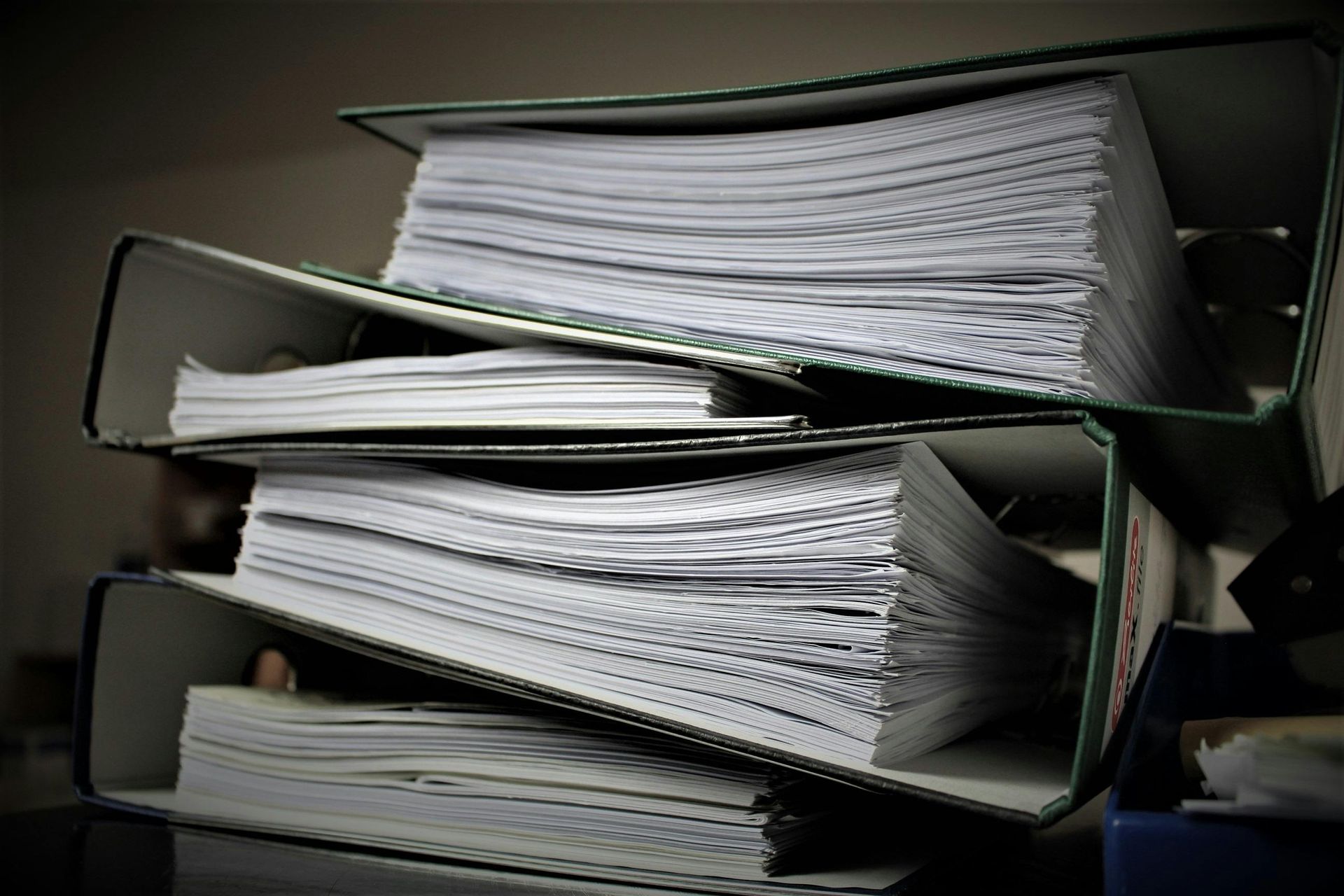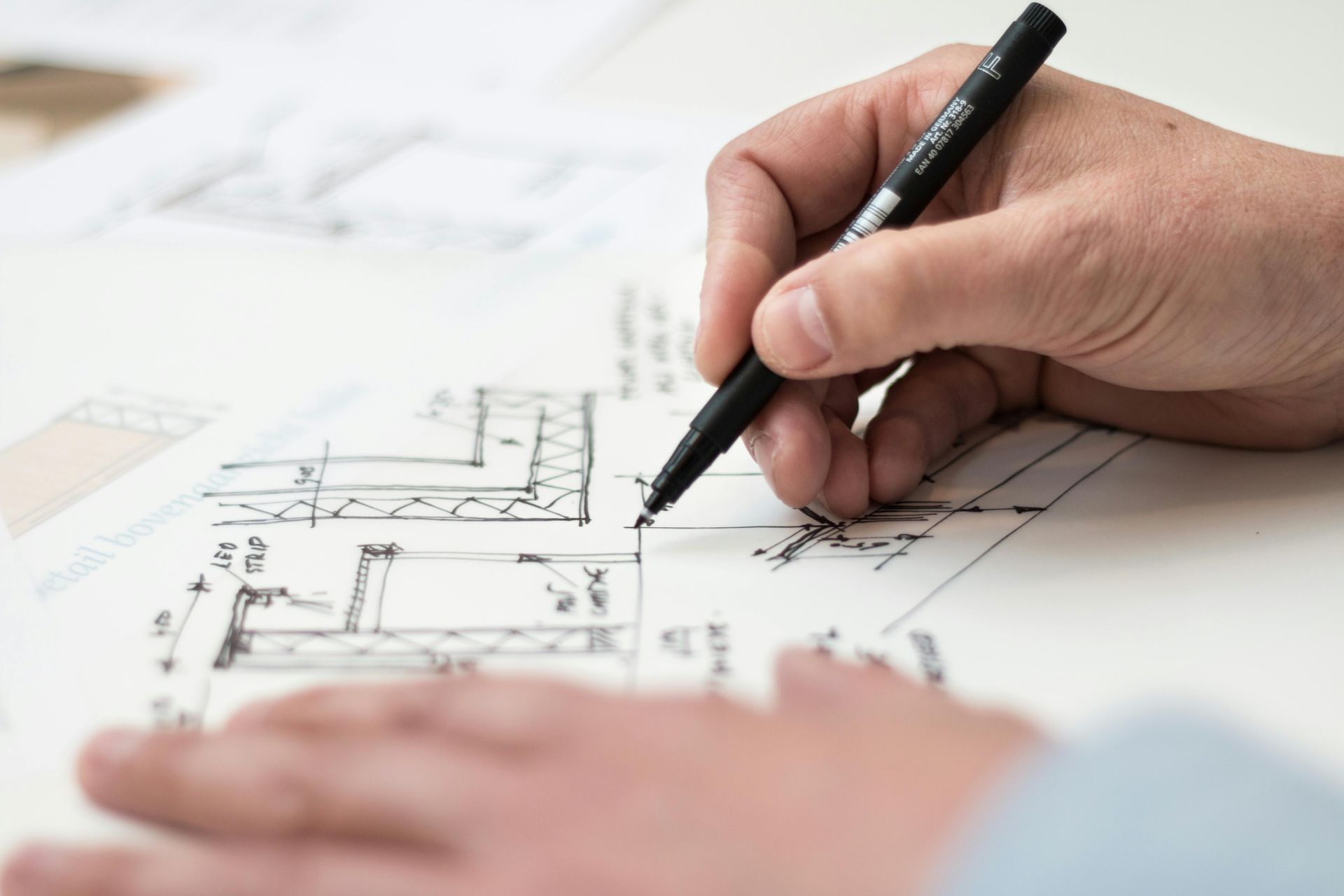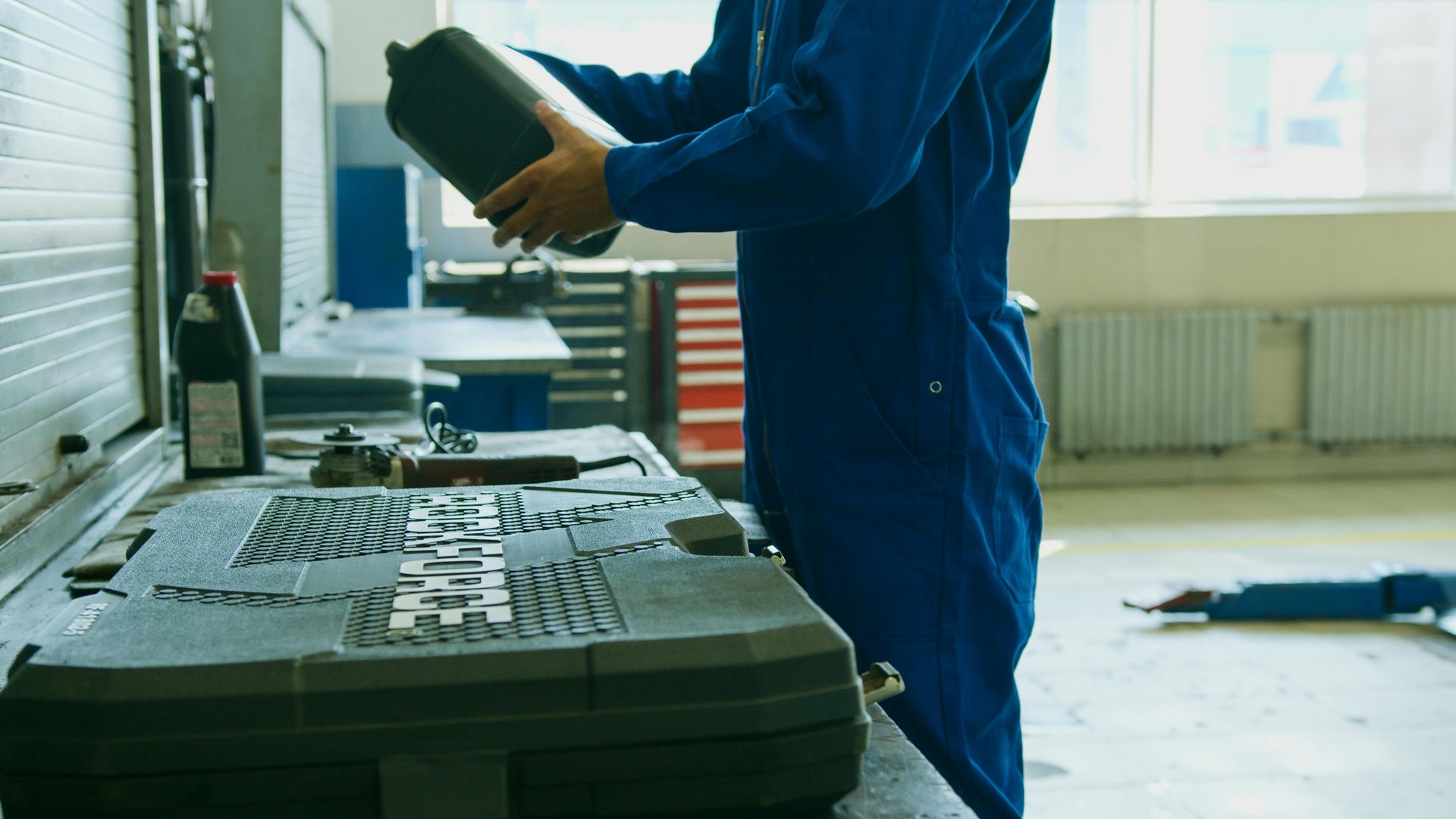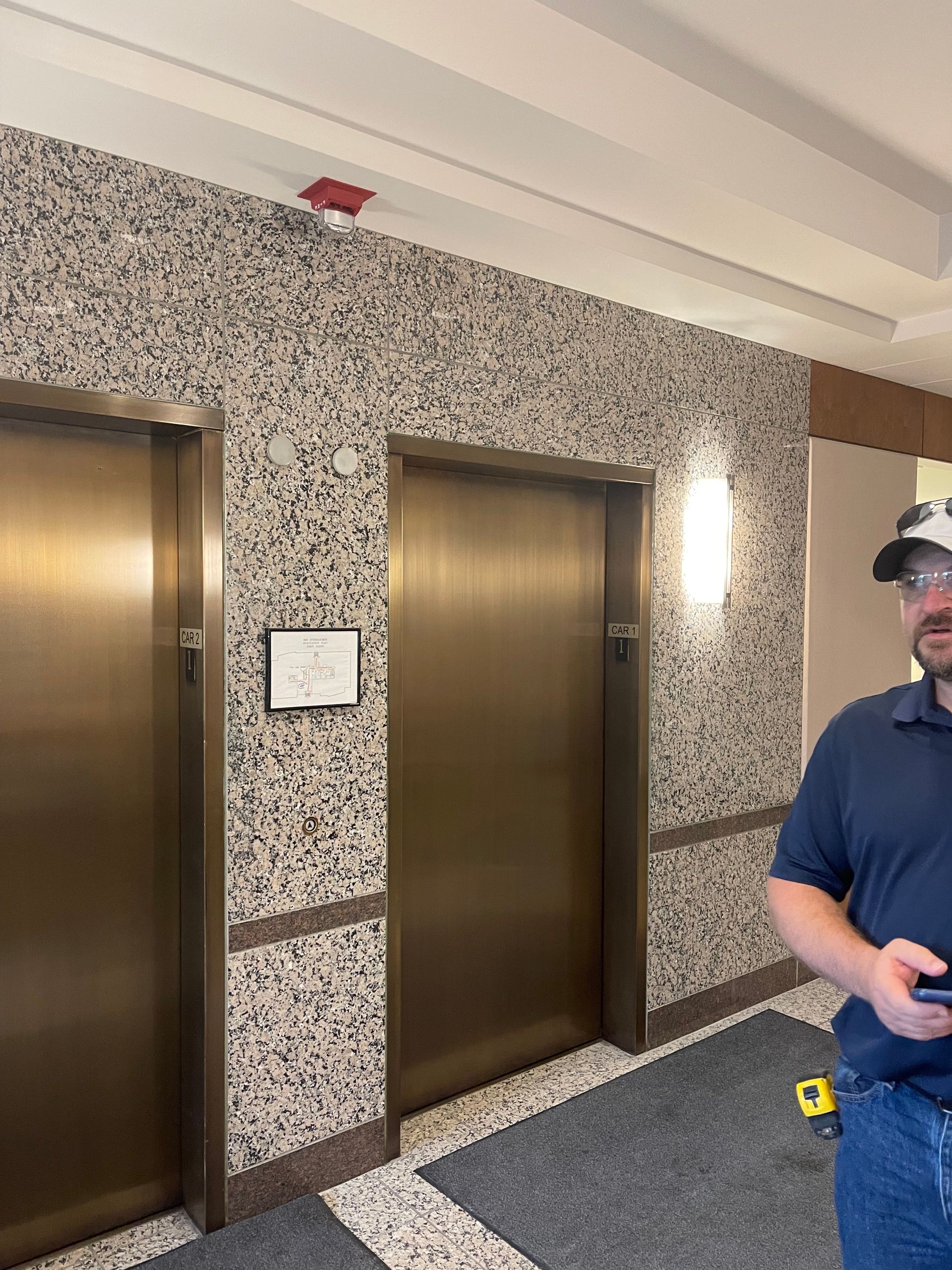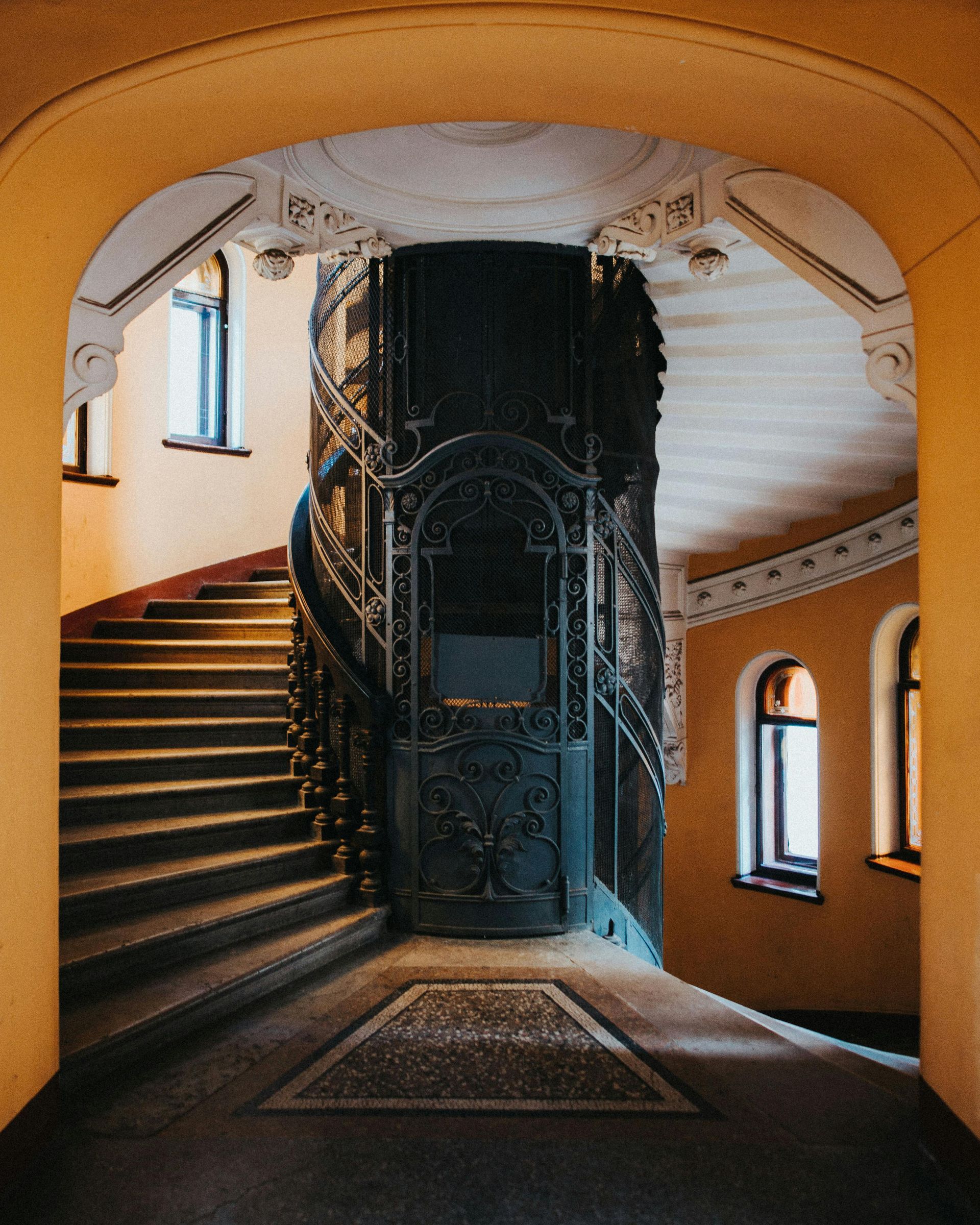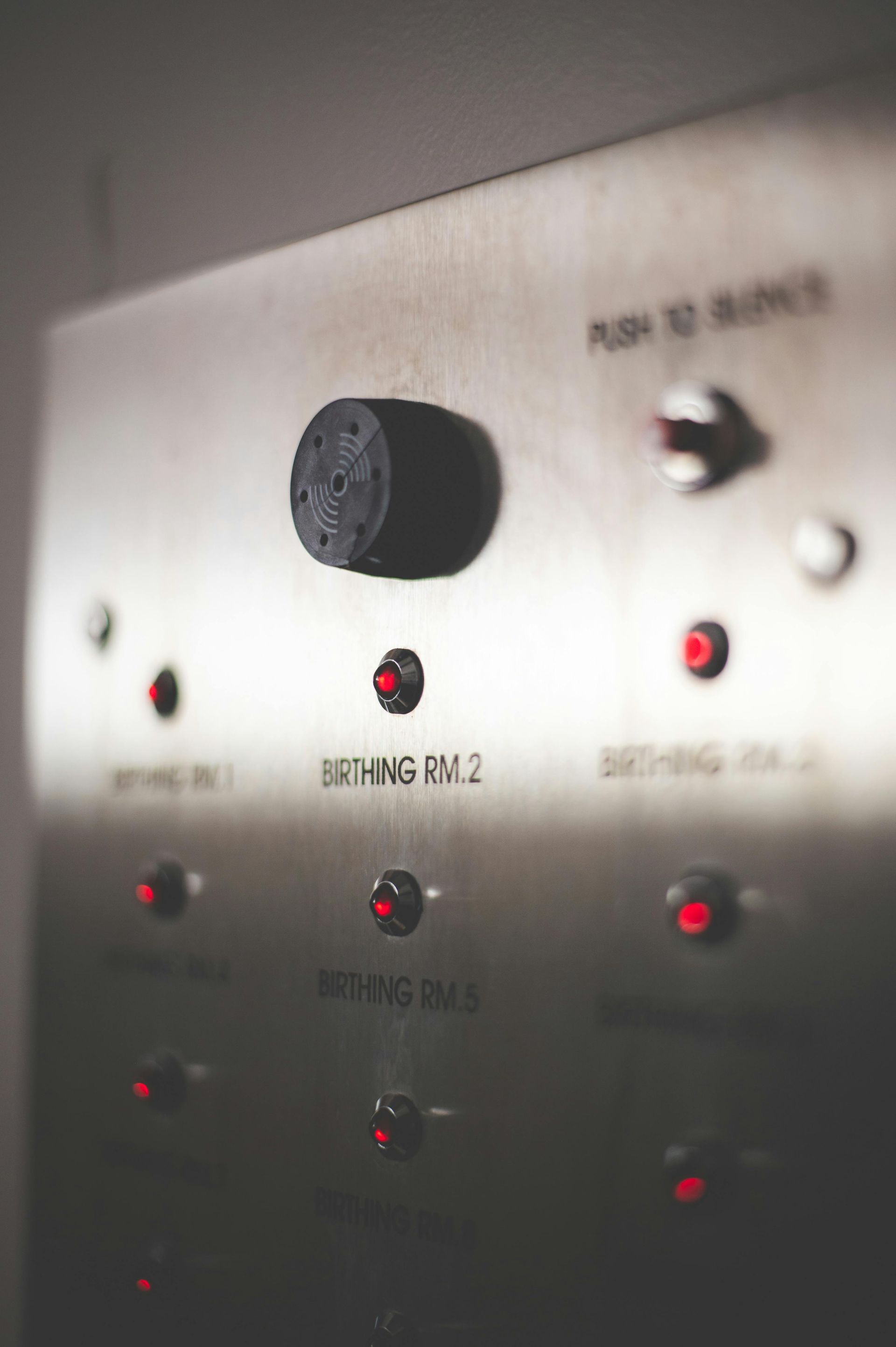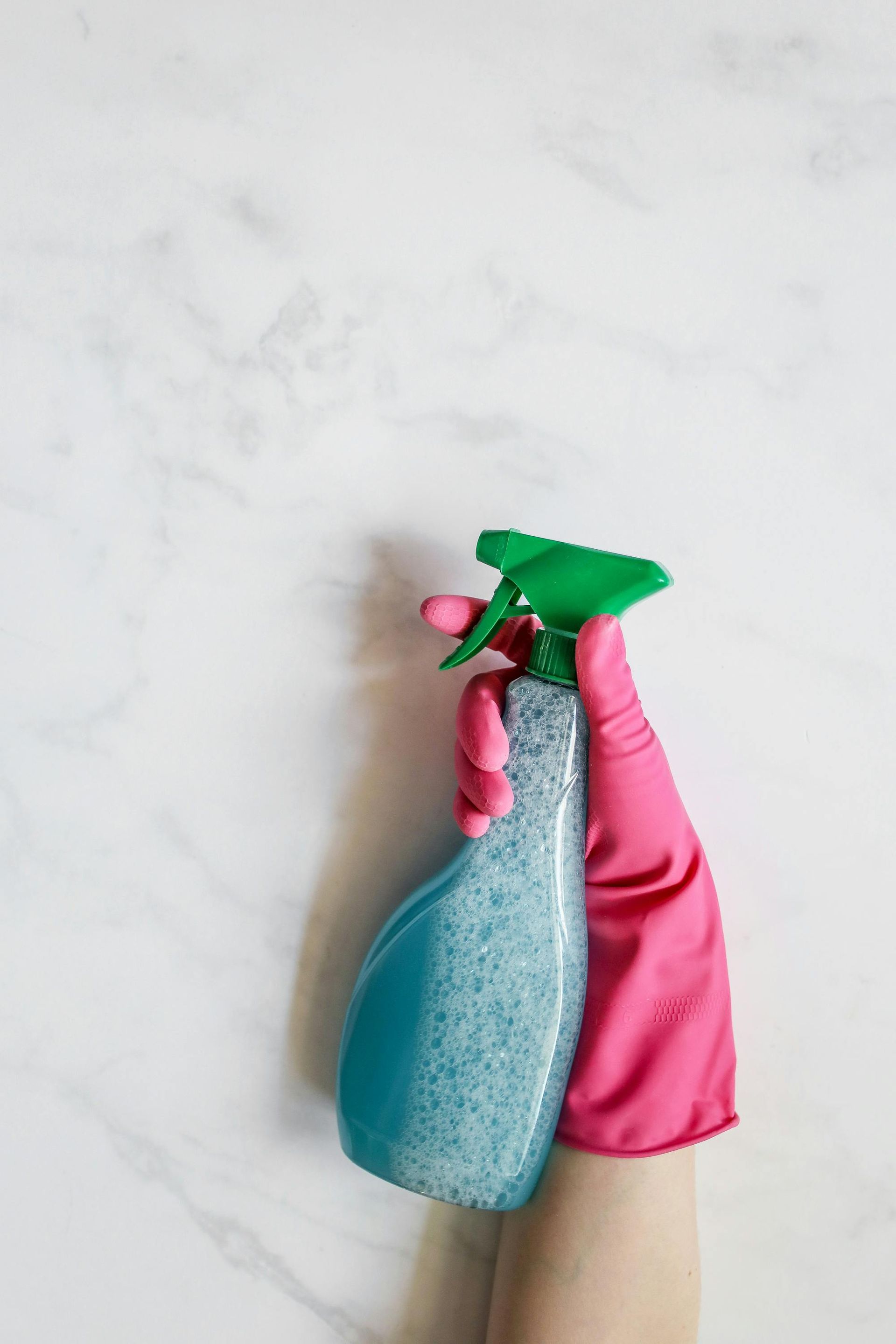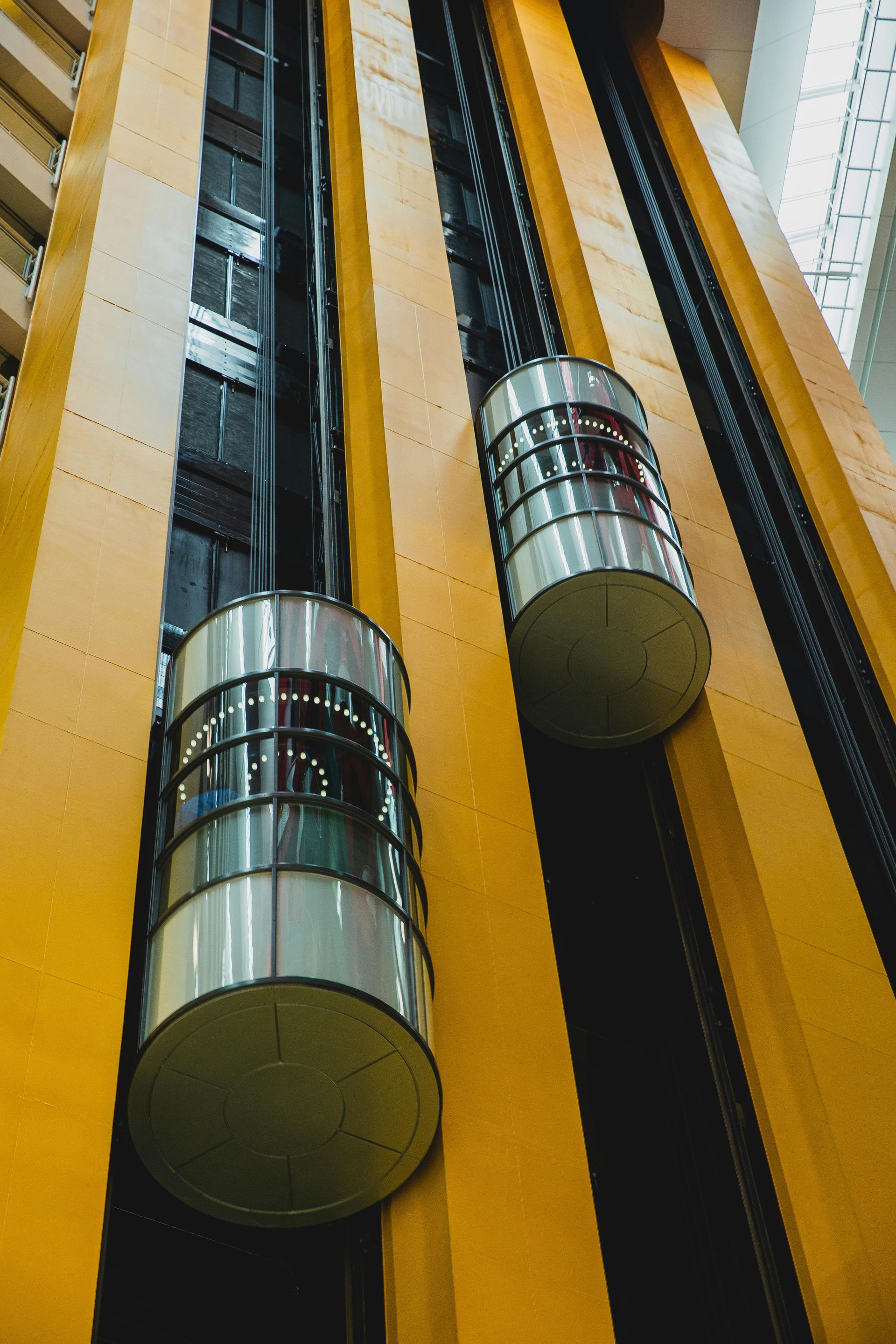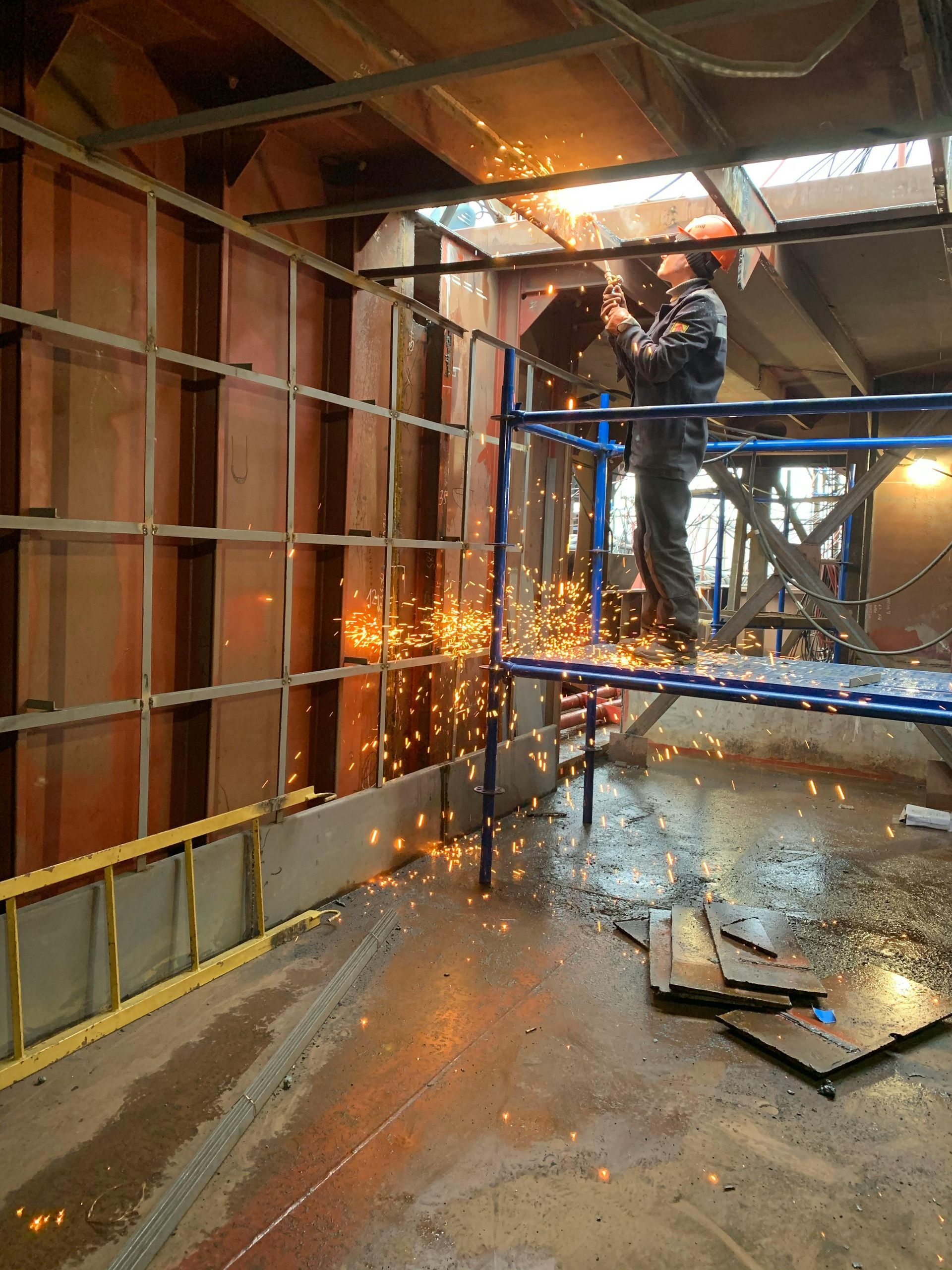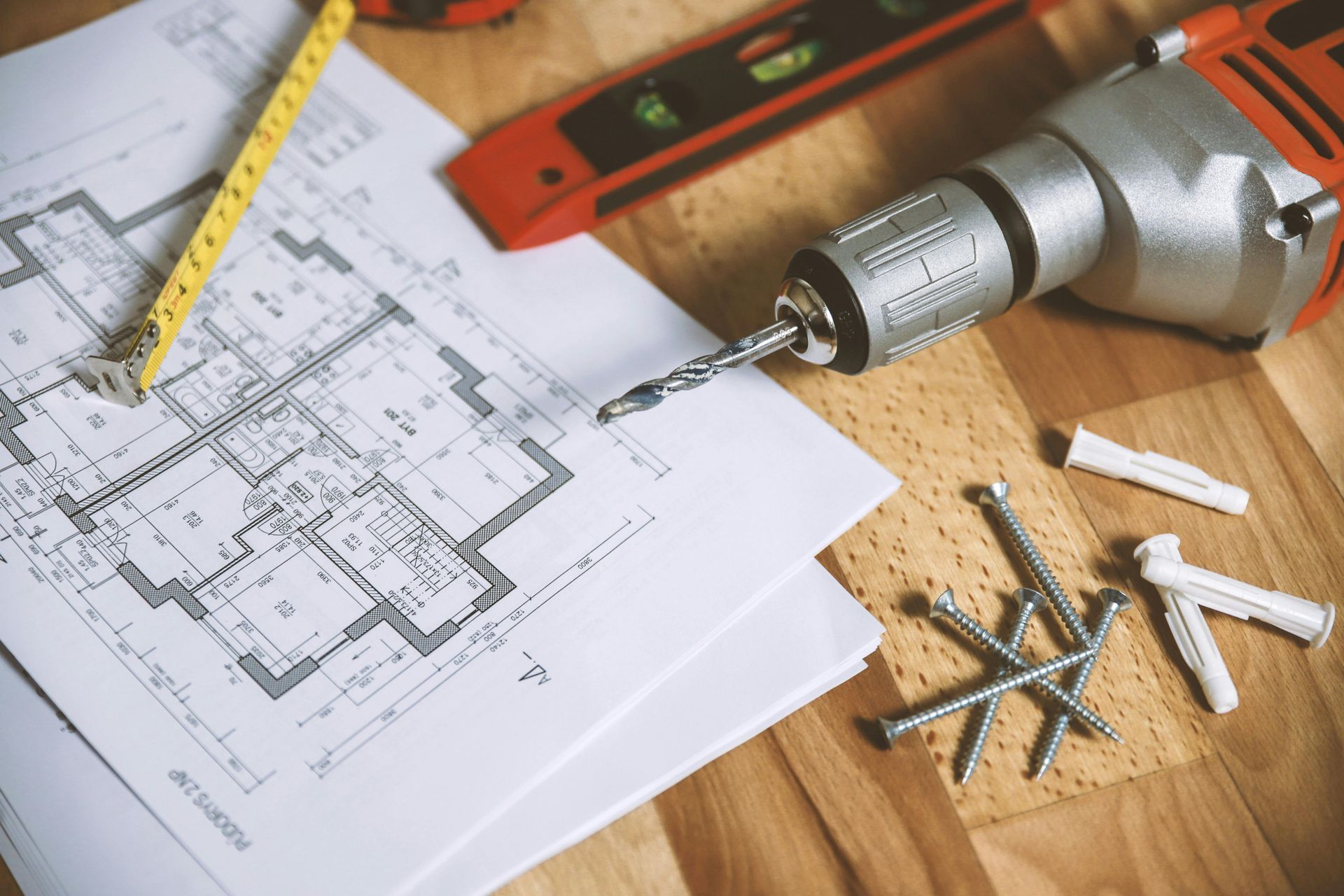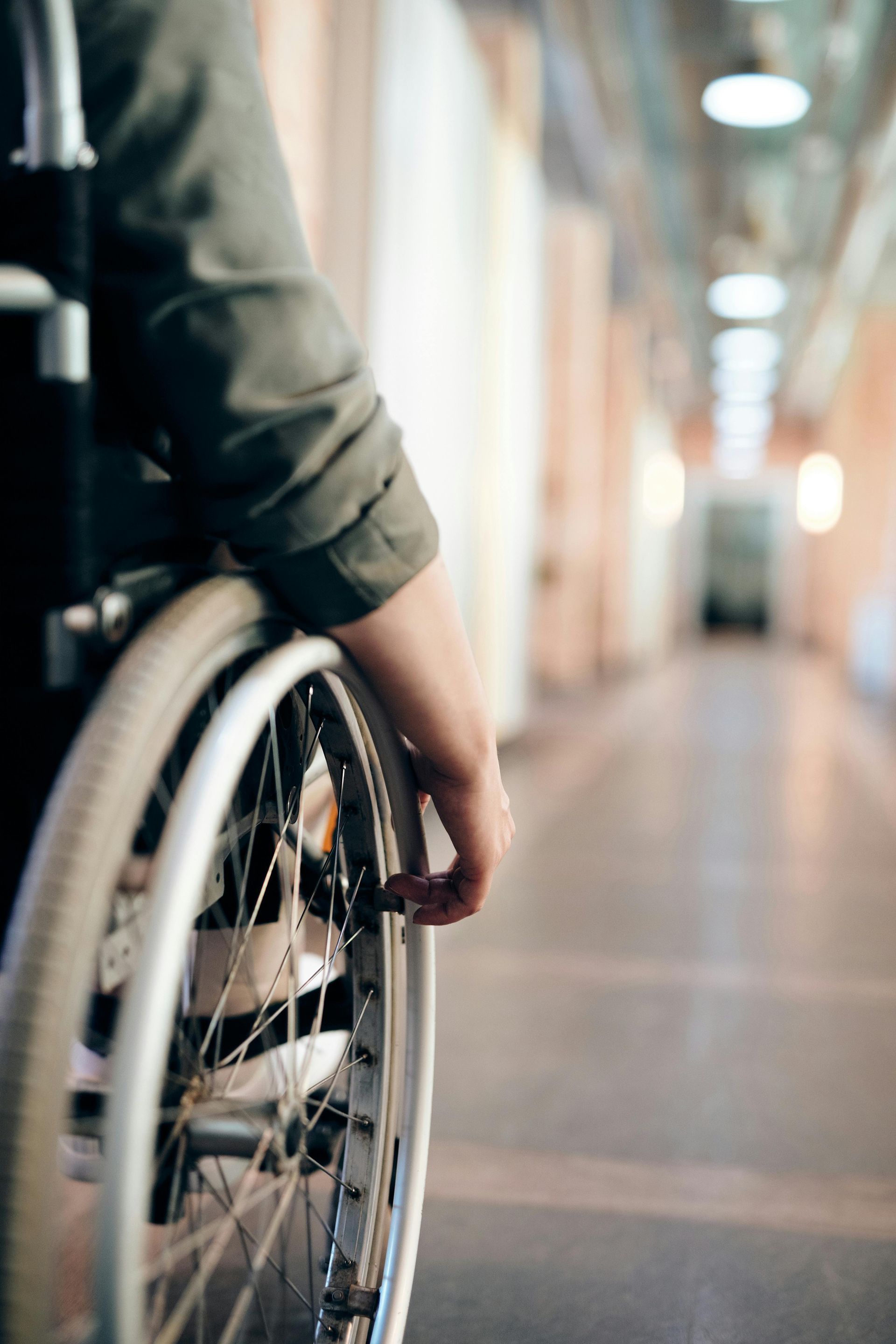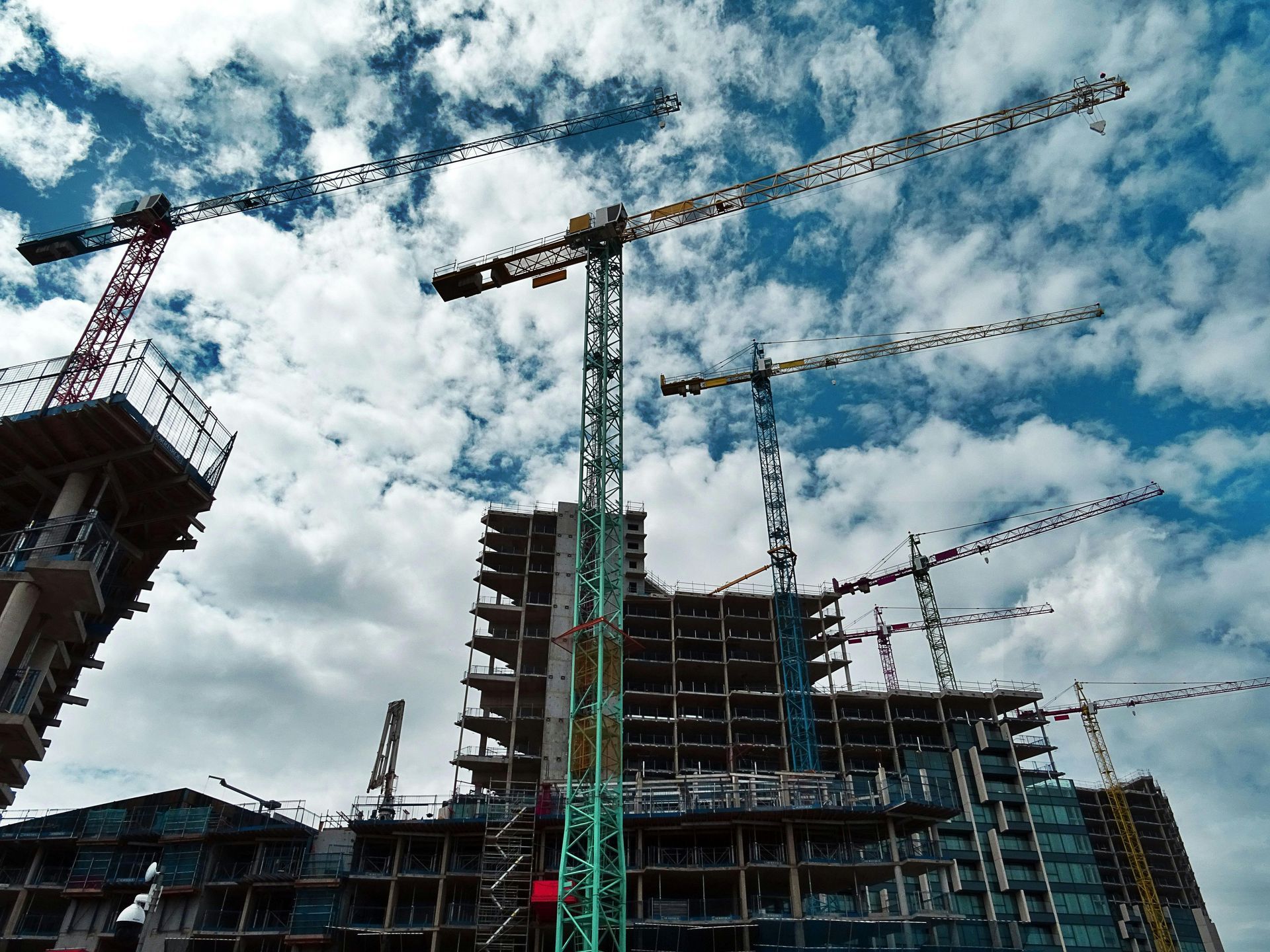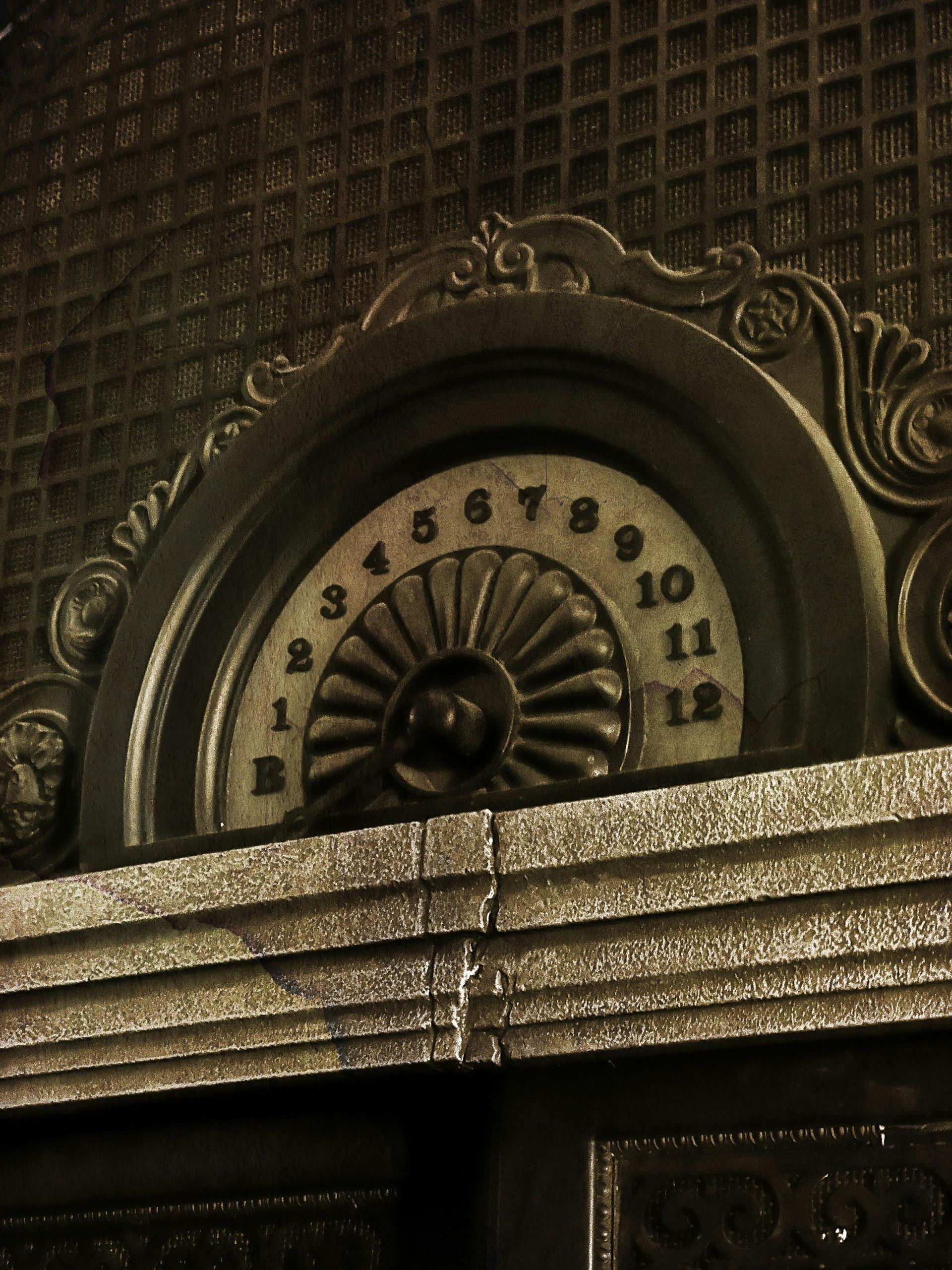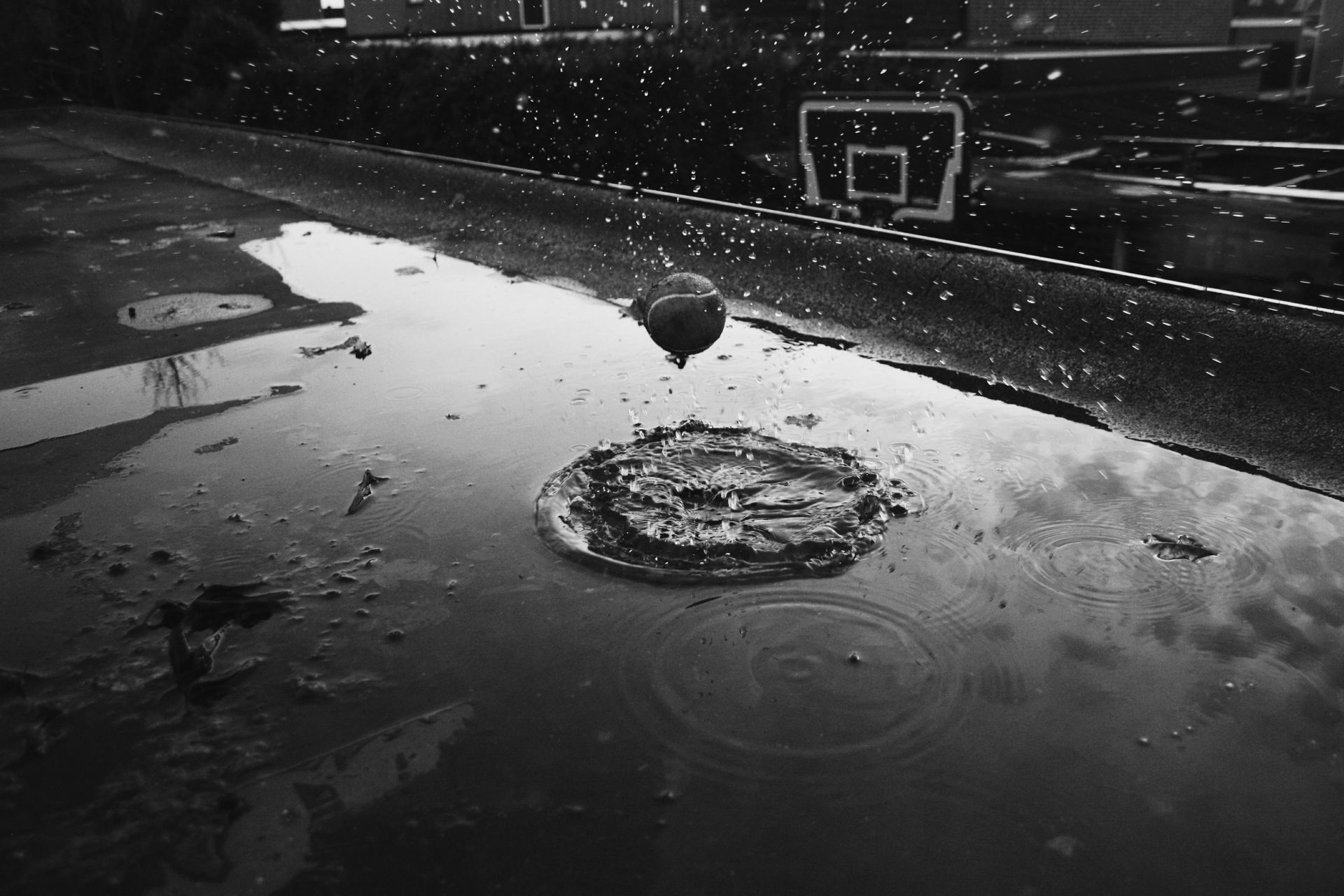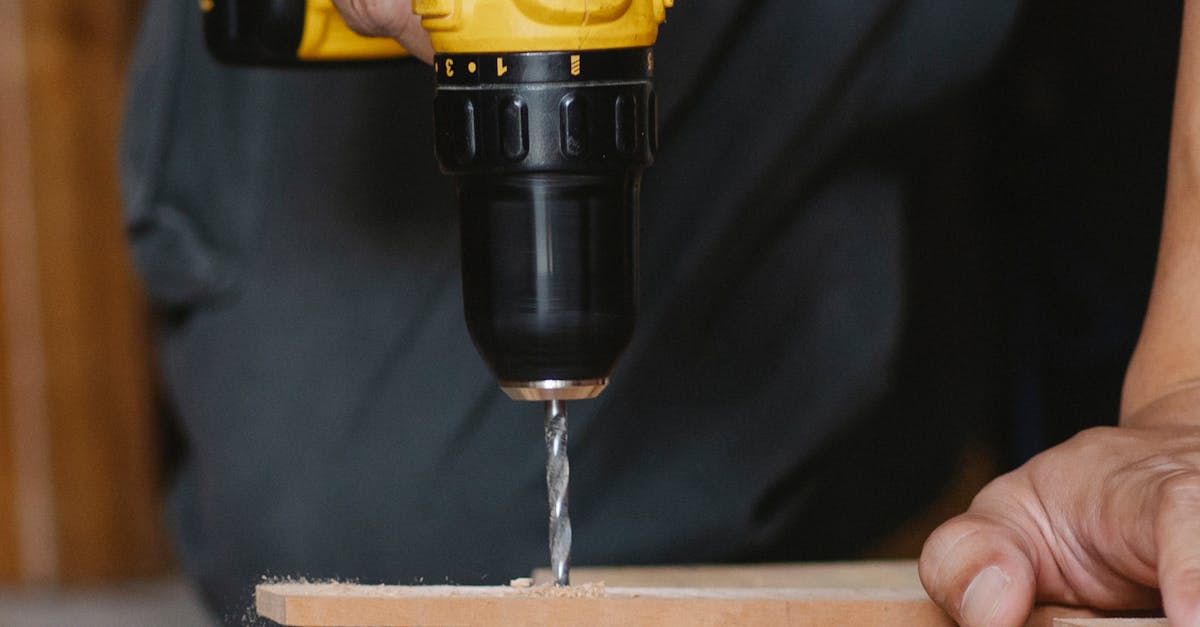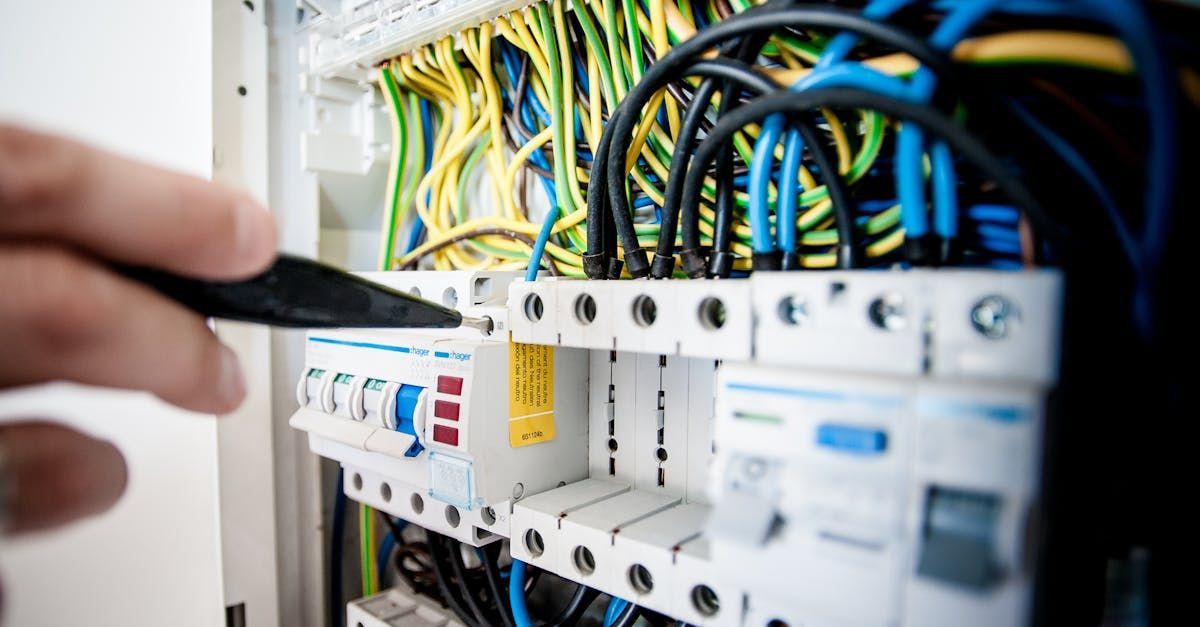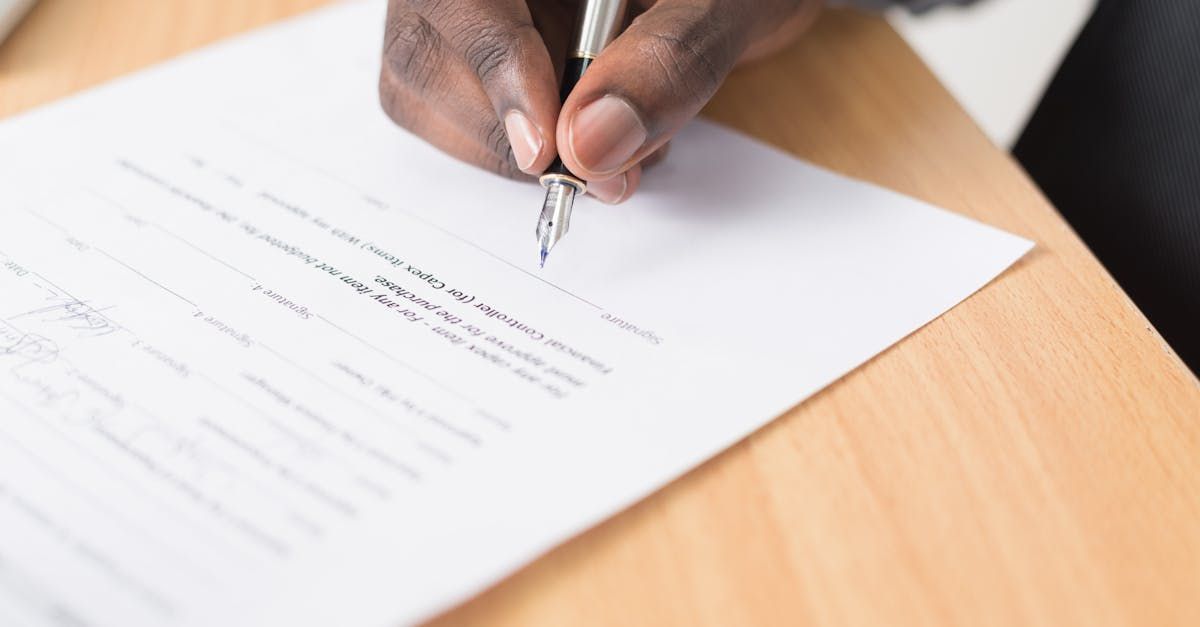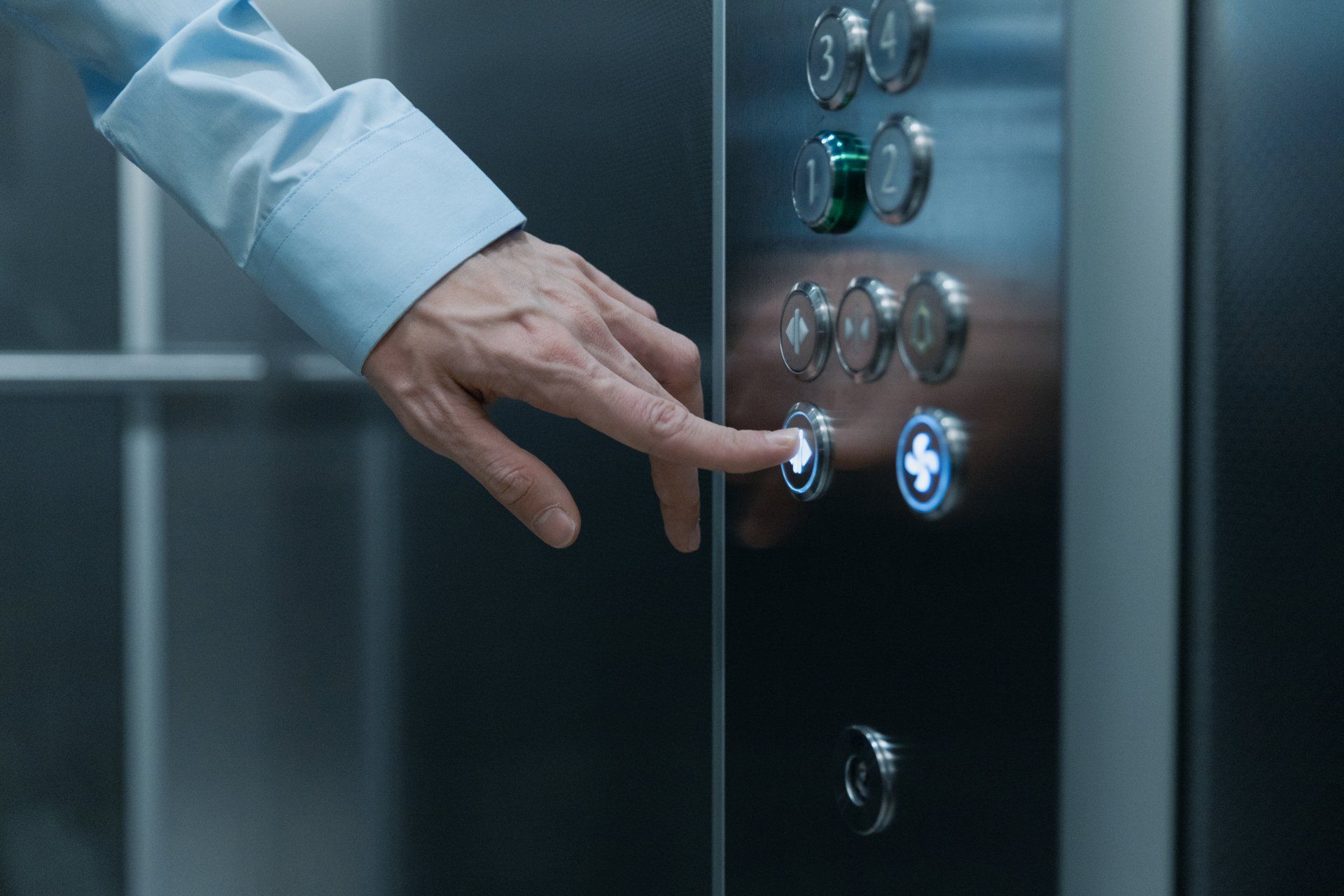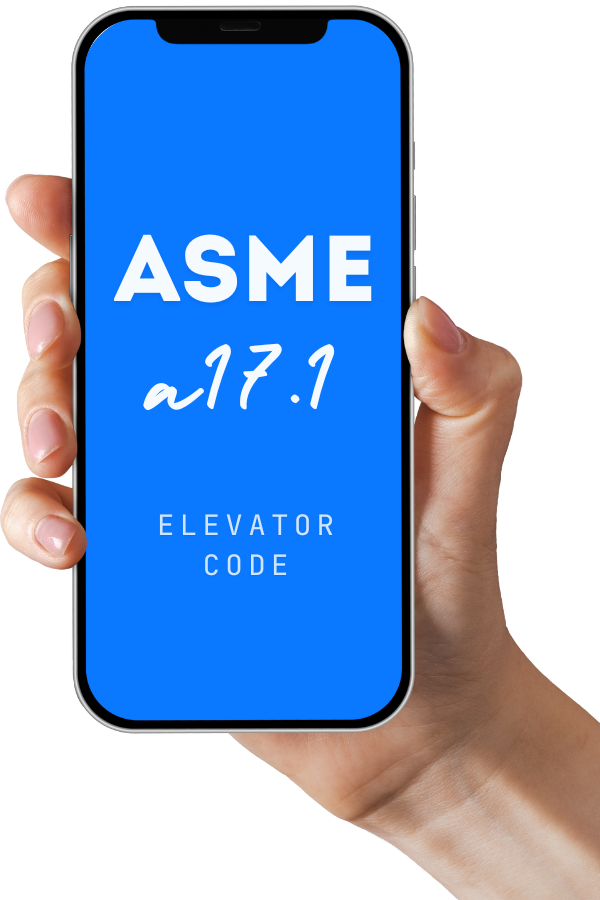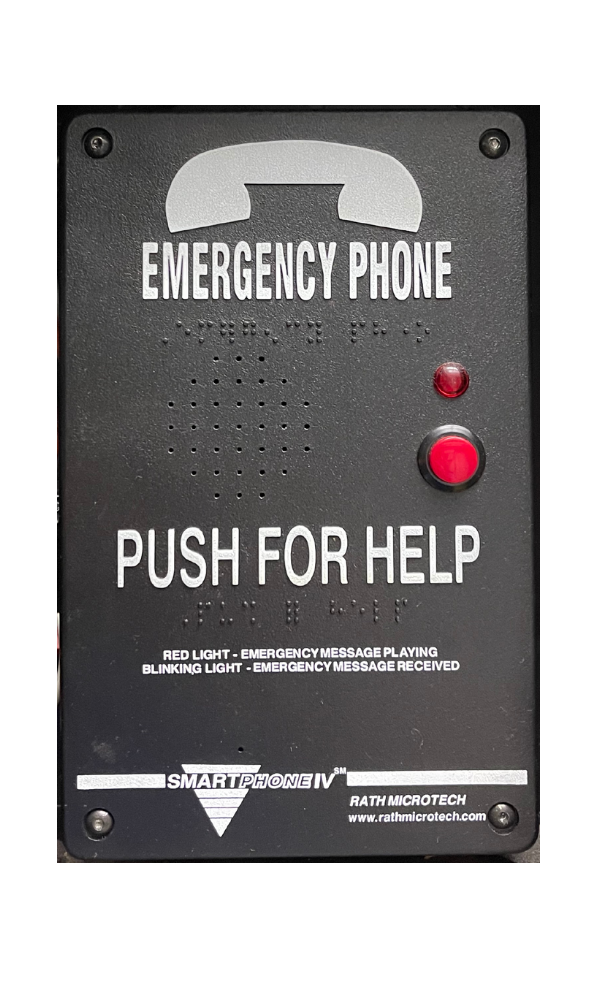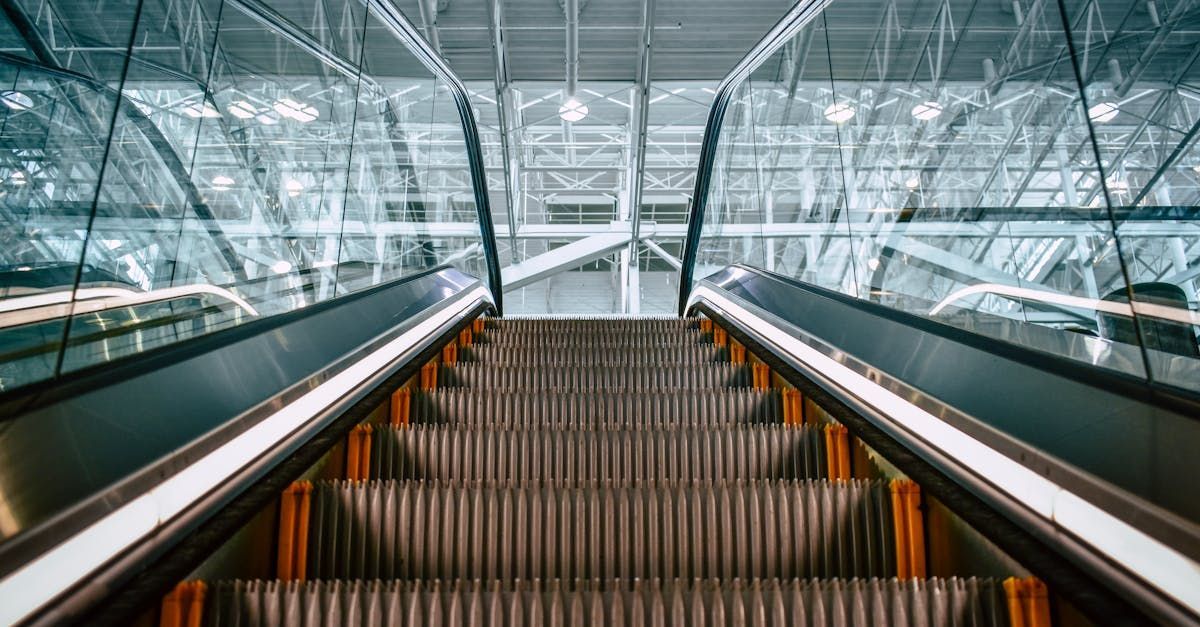Common Elevator Issues
Common Elevator Issues
Key Highlights
- This blog explores common elevator issues, their causes, and solutions.
- Learn about door malfunctions, misalignments, electrical problems, and wear and tear.
- Understand the importance of regular maintenance and inspections for elevator safety.
- Discover what to do if you get stuck in an elevator and how to address minor issues.
- Get answers to FAQs about elevator maintenance, inspections, and DIY repairs.
Introduction
An elevator system is an important part of any building. It helps people move up and down easily. However, elevators can face some common issues. These problems can stop them from working well and might create safety risks. By knowing these issues, what causes them, and how to fix them, we can improve safety and make sure the elevator works reliably for the building's occupants.
Understanding Elevator Functionality and Common Problems
Elevators are complicated machines made of different parts that work together to move people safely. These parts include doors, motors, cables, and control systems. Each part is very important. If one part breaks down, it can cause the whole elevator system to stop working.
Common elevator problems can be small, like slow speed or unusual sounds, or big, like doors not working right or sudden stops. It is very important to spot these problems early. By understanding what causes them, we can fix them fast and stop bigger problems from happening.
The Basics of How Elevators Work
At their heart, most modern elevators have a control system. This system helps to control how the elevator moves between floors. It sends signals to the motor. The motor then powers a system with cables and pulleys. The cables hold the elevator car and help it move up and down the elevator shaft.
While electrical systems are common, some buildings use hydraulic elevators. These elevators work with a piston that moves because of fluid pressure. This piston raises and lowers the elevator car. Even though the mechanics are different, both electrical and hydraulic elevators use a mix of mechanical and electrical systems.
Regular maintenance is very important for both types of elevators. It helps make sure that all parts work well and safely. By knowing how your elevator system works, you can spot potential issues more easily.
Identifying Signs of Elevator Issues Early
Early detection of problems in elevators is very important. It helps prevent big issues and keeps passengers safe. One clear sign of trouble is unusual noises. Sounds like grinding, screeching, or vibrations can mean there are problems with the motor, cables, pulleys, or other moving parts.
Another sign to look for is strange behavior with the elevator doors. If the doors are slow to close, don’t close completely, or open unexpectedly, there might be an issue with the door sensors, tracks, or closing mechanisms.
You should also watch how the elevator moves. If it jerks, sways, or stops unevenly, it needs quick attention. These problems might be linked to the control system, the braking system, or the leveling mechanisms.
Specific Elevator Problems and Their Causes
Elevator problems can come from many reasons. These include wear and tear, not having regular maintenance, electrical issues, and mechanical failures. Common problems are door malfunctions, misalignments, and slow operation.
It's important to know the specific causes of these issues. This way, we can find good solutions. Let's look at some common elevator problems, what causes them, and how we can fix them.
Door Malfunctions: Causes and Solutions
Door malfunctions often happen in elevators. They can cause trouble and even safety issues. A common reason for this is door sensors that do not work. These sensors check if there are people or objects in the way. They help stop the doors from closing suddenly.
Misaligned or blocked door tracks can also be a problem. If track areas are dirty, damaged, or blocked, the doors may not open or close properly. Worn-out rollers or hinges can add to these door malfunctions.
Fixing door problems quickly is important. You should check and clean the door sensors, tracks, and parts often. This can help stop many issues. Also, lubricating the tracks and replacing old parts can keep the doors working smoothly and safely.
Misalignments and Uneven Stops: Safety Concerns
Misalignments happen when the elevator car does not stop even with the floor. This creates safety risks and problems for passengers. People may trip or have a hard time getting in or out. That's why proper alignment is very important for safety and accessibility.
Several things can cause misalignment. One common issue is worn-out leveling mechanisms. These parts help the elevator stop at the right floor level. Also, problems with the control system can lead to uneven stops. This control system tells the car where to go.
Fixing misalignment usually needs a qualified elevator technician. They can check the leveling mechanisms, sensors, and the control system to find the problem. Repairing or replacing broken parts and recalibrating the system is needed to ensure the elevator works safely and correctly.
Technical Troubles Impacting Elevator Performance
Technical problems can affect how elevators work, in addition to common issues like door malfunctions and being misaligned. Problems such as electrical failures, power outages, and mechanical wear and tear can cause major disruptions in elevator operations.
It is important for building managers and owners to understand these technical aspects and how they can impact elevator performance.
Electrical Failures and Power Disruptions
Electrical problems often cause issues with elevators. Power outages, voltage changes, and faulty wiring can all stop elevators from working. This can leave people stuck inside the elevator. To help prevent this, modern elevators have emergency power systems.
These systems use batteries or generators to give backup power during an outage. When the power goes out, emergency power helps the elevator move to the closest floor so passengers can get out safely. It’s important to regularly test and maintain these emergency power systems. This ensures they work well when there is a power outage.
Building managers should also schedule routine checks of the elevator's electrical systems by trained workers. This includes looking at wiring, connections, and circuit breakers. By finding and fixing potential electrical problems, elevators can stay safe and avoid downtime for passengers.
Mechanical Wear and Tear: Recognizing the Signs
Like any machine, elevators get worn down over time. Parts like cables, pulleys, motors, and bearings face a lot of stress, which leads to wear. It is important to spot the signs of this wear to keep the elevator running. This helps prevent unexpected breakdowns.
Unusual noises, vibrations, and jerky movements can show that there are mechanical problems. For instance, grinding sounds may mean there are issues with the cables or bearings. Also, if there are too many vibrations, this could mean that there are loose components.
Regular inspections by trained elevator technicians are very important. They can check key parts, lubricate moving parts, tighten loose connections, and replace parts that are too worn down.
Preventative Measures and Regular Maintenance
It is better to stop elevator problems before they happen than to fix them when they do. Regular maintenance helps keep the elevator running safely and reliably.
Creating a thorough maintenance plan and following it carefully can lower the chances of surprise breakdowns. This also helps your elevator system last longer.
The Importance of Regular Elevator Inspections
Regular inspections by trained elevator technicians are very important. They help find problems before they become big issues. These inspections look at all key parts, like the control system, motor, cables, brakes, doors, and safety tools.
During the checks, technicians look for wear and tear. They also check lubrication levels and proper alignment. They watch for any signs of damage or malfunction. If they find small problems, they fix them quickly. This keeps minor issues from turning into bigger, costly repairs or downtime.
Doing regular inspections helps reduce the chance of breakdowns. It also ensures that everything follows safety rules. By prioritizing elevator maintenance, building owners show they care about the safety and well-being of their occupants.
Setting Up a Maintenance Schedule: What You Need to Know
Creating a good maintenance schedule is very important for keeping your elevator system running well and lasting a long time. How often you check the elevator depends on things like how much it's used, how old it is, what type it is, and what the manufacturer suggests. Generally, most elevators need maintenance visits every month.
These visits usually include lubricating moving parts, cleaning key components, and checking for any signs of damage. Also, more detailed checks should happen every six months or every year. These checks need a careful look at all parts of the elevator system, like the control system, motor, and safety features.
Facility managers must work with skilled elevator contractors to create a maintenance plan that fits their building’s needs and follows local rules. By following the schedule and fixing issues quickly, they can keep the elevator running well, reduce downtime, and make sure the safety of the occupants.
Conclusion
In conclusion, it is important to understand how elevators work and to spot common problems early. This helps them run smoothly. Regular maintenance and inspections help stop big issues and keep passengers safe. By fixing door malfunctions, misalignments, electrical problems, and mechanical wear quickly, you can keep elevators working well. Remember, taking care of these problems early and getting help from professionals are important steps. They will help your elevators last longer and provide safe and efficient transportation for everyone.
Frequently Asked Questions
What Should You Do If You're Stuck in an Elevator?
Stay calm and use the emergency call button to reach building management or emergency services. Most elevators have emergency power systems that help you exit safely. Do not try to force the doors open or climb out of the elevator. This can lead to serious safety risks.
How Often Should Elevators Undergo Professional Inspection?
Regular inspections are important for elevator safety. How often to inspect can vary based on different factors. Most experts suggest getting professional inspections at least once a year. Building owners should talk to qualified elevator technicians. This will help them find the best maintenance schedule for their specific needs.
Can Elevator Repairs Be Done In-House, or Should They Be Outsourced?
Elevator systems are complicated and can be risky. Trying to fix them yourself can cause more damage, lead to costly repairs, and create safety risks. Facility managers should always hire qualified and certified elevator technicians to do inspections and maintenance professionally.
What Are the Long-Term Effects of Neglecting Elevator Maintenance?
Neglecting elevator maintenance can lead to more mechanical failures. It can also shorten the life of the elevator and cause longer downtime. This raises safety risks too. Regular maintenance is a better choice for saving money over time. It costs less than making expensive repairs that come from not taking care of the elevator.
Are There Any DIY Solutions for Minor Elevator Problems?
It is usually not a good idea to try fixing elevator problems yourself. Even small issues, such as door malfunctions, may have deeper causes that need a professional touch. It is better to concentrate on regular maintenance and quickly report any problems to trained elevator technicians.

